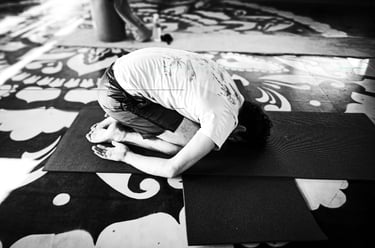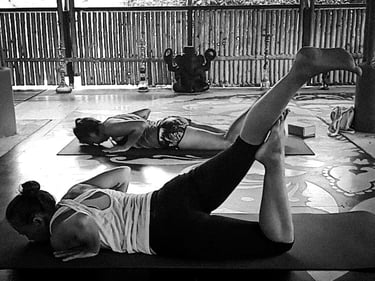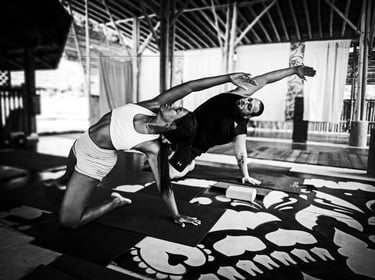Flexibility : Muscle and Joint Health


Flexibility in yoga (or any exercise) is about controlled, balanced movement within a safe range of motion, supported by strong muscles and stable joints. Maintaining joint health is essential for preserving flexibility and the full range of motion of our joints and limbs. Regular exercise, proper nutrition, hydration and avoiding overuse are key practices that support joint health, ensuring we can move freely and comfortably throughout our life.
Bendiness probably better describes ability to move into extreme positions, often due to joint laxity (looseness). However, this does not necessarily indicate healthy flexibility.
True flexibility requires both mobility and stability, focusing on controlled movement rather than just how far we can stretch. It's really about joint and muscle health.


In materials science, flexibility refers to a material's ability to bend or stretch without breaking. Rubber is a flexible material because it can be stretched and bent repeatedly without losing its shape or integrity.
Note : Hypermobility
Joint hypermobility is often genetic. It tends to run in families due to inherited differences in connective tissues - especially in the ligaments that stabilise joints. Those with hypermobility, such as contortionists, typically have more elastic connective tissues, enabling their joints to move far beyond the normal range of motion.
While genetics plays a significant role, other factors like age, gender, and physical activity levels can also influence hypermobility.


More Insights
